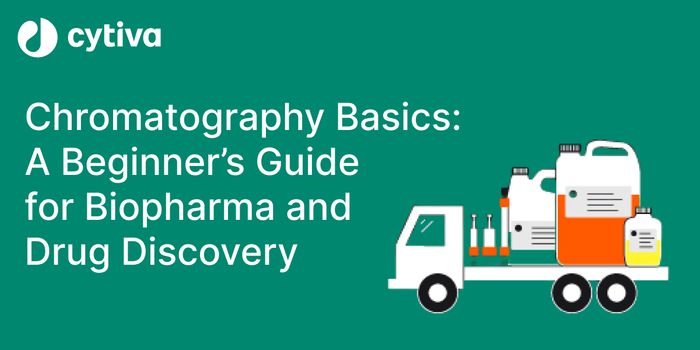First Results From 100,000 Genomes Project Gives Hundreds Their Answer
The UK's 100,000 Genomes Project has now given hundreds of people a diagnosis for their disease. Many of them have been waiting years to know more about what was causing their rare disorder, and this work has identified the genetic mutation that led to their illness. The sequence of the human genome can vary a lot from one person to another. Some variants are common in different populations, and many have some mild biological effect, such as making people more likely to develop heart disease, for example. But it's also possible for serious diseases to arise when a small change, or mutation happens in the genome.
Some genetic diseases are not unusual, like cystic fibrosis, which affects about one in 3,000 white Americans. We know a lot about the genetic mutations that lead to CF. More rare mutations may also occur, like mutations in the neurofibromin gene, which cause neurofibromatosis, for one example. Sometimes these genetic mutations happen spontaneously during development and are not inherited from a parent, so-called de novo mutations. These can be especially difficult to diagnose, even though those rare mutations can cause health problems that may arise when people are young, and affect them throughout their lives.
Only a few decades ago, it was nearly impossible to sequence an entire human genome, which is made up of over 6 billion base pairs. Genetic diseases were sometimes diagnosed when clinicans had an idea of what they were looking for, and could sequence one or two of a patient's genes looking for a causal mutation. Researchers had to work for decades to identify the genes that were associated with a disease.
But rapid advances in genetic and computational tools have made it much faster and cheaper to do so. As such, researchers have now been able to make rapid progress in diagnosing rare genetic disorders. A patient's entire genome can be fully sequenced in only a few hours instead of years. The sequence can be compared to known sequences with computational tools that identify where the differences arise, even when they are not located in regions of the genome that code for protein. All this can happen in a very short period of time with the right tools.
Scientists who are involved in the 100,000 Genomes Project have now released a preliminary report on their work in the New England Journal of Medicine.
The team evaluated 4,660 individuals from 2,183 families, and diagnosed one quarter of the patients' diseases. More of these diagnoses were attributed to diseases that traced back to one mutation in one gene, rather than complex disorders that arose because of multiple mutations, though some of those were also diagnosed. The scientists also identified some diseases that were due to mutations in non-coding regions of DNA. These may sometimes alter regulatory regions of the genome or the structure of the genome (which can also impact how genes are regulated). Some diseases were also revealed that were due to mutations in mitochondrial DNA.
Most of the coding genes in the human genome are found in nuclear DNA, which is located in the nucleus of most cell types. But mitochondria, organelles in cells that act as power generators, have their own little genome. Mutations may occur in mitochondrial DNA that cause disease.
This study was able to provide clinical insight to 25 percent of study participants. Beyond getting a diagnosis, which can help reduce the number of times they will have to visit their doctor and give them some peace of mind, four patients got information that has suggested that their medication should be changed, 13 people were found to be eligible for a clinical trial, 59 got information that would be relevant to their future reproductive choices, and 32 got some other unspecified benefit.
The study authors highlighted the importance of sequencing the entire genome, and not only the regions that code for protein, when attempting to make a diagnosis for a rare disorder.
Sources: 100,000 Genomes Project, New England Journal of Medicine









